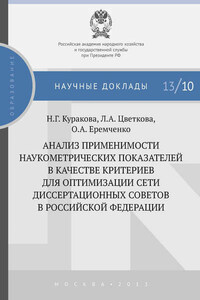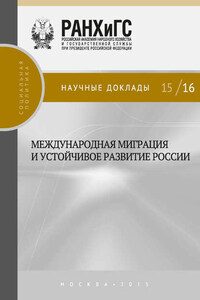To understand the essence of a particular social phenomenon, it is necessary to find out its origin. This provision is especially important to take into account when it comes to such a complex social phenomenon as writing. The understanding of historical interaction largely depends on the interpretation of its genesis.
That is why the problem of the emergence of writing necessarily includes the question of the origins, origin, formation at the earliest stages of human development.
Although many aspects of the problem of the origin of writing in primitive society remain debatable, various opinions and judgments are expressed on them. This is quite understandable, given the fact that scientists still have a very limited amount of archaeological data relating to the oldest period of human history. Our knowledge of anthropogenesis and the early stages of the development of primitive society is constantly updated and changing in connection with new archaeological finds. It is enough in this connection to mention the archaeological discoveries of Louis and Mary Leakey in East Africa, which forced a radical revision of previous ideas about the initial stages of the emergence of mankind. In addition, many archaeological finds can be interpreted in different ways. All these circumstances make disputes and discussions on various issues of the formation of human culture not only natural, but also inevitable.
The problem of the origin of any social phenomenon, including writing, can be correctly solved only if we take into account the fact that every social phenomenon arises on the basis of a certain social need. When it was necessary to uncover the origins of a qualitatively specific social phenomenon, first of all it is necessary to find out on the basis of which social need this phenomenon is formed. For example, finding out the causes of language, K. Marx and F. Engels wrote: "…language arises only from the need, from the urgent need to communicate with other people" (Marx K., Engels F. Essays, Moscow, 1955, volume 3, p. 29). Here it is also necessary to determine what are the specific social needs that have brought this social phenomenon to life. Without this, neither the essence nor the social functions can be understood. It is also important to take into account that a certain social need is realized in a particular system of people's activities. After all, society is not an independent entity or substance that exists outside the interaction of individual individuals. On the contrary, society, as a specific system, really exists only as a product of the interaction of its constituent people. Therefore, any social need is simultaneously a need of people interacting in society and is realized in this interaction, that is, in their activities.
A complex, but very important question for understanding the problem of the origin of writing is the following: is each specific social need realized from the very beginning in a special, qualitatively specific type of human activity, or can several fundamentally different social needs be realized initially in one type of activity? When answering this question, it should be borne in mind that in primitive society, differentiation and specialization of types of human activity was just emerging and was only to a very weak extent fixed by the emerging gender and age division of labor. What were the beginnings of differentiation of activities in the tribal society for about 10-20 millennia BC? First of all, the hunting of large animals (mammoth, bison, cave bear, deer, etc. P.), having become the exclusive business of adult men, separated from the gathering and hunting of small animals that women and children were engaged in. So there was a rudimentary division of labor in the production sector. But in addition to the actual labor, productive activity in the tribal society, there was also a sphere of non-productive activity of the primitive community. It included, in addition to consumer activity, the beginnings of spiritual activity, which found their objective, objective expression in rituals. It was ritual actions that were the type of activity in which several qualitatively heterogeneous spiritual needs of the primitive community were simultaneously realized: emotional-expressive, cognitive, aesthetic, magical (religious).
While agreeing that it is necessary to clearly identify the specific social needs that gave rise to writing, at the same time, it should not be assumed that the difference in these needs excludes the possibility of a syncretic integrity of art and religion in the primitive era. The possibility of such an undifferentiated unity is determined, in particular, by the fact that specifically artistic and specifically religious activities have not yet branched off from such a syncretic formation of the primitive epoch as ritual actions were.
In the primitive epoch, when mental labor had not yet separated from physical labor, the consciousness of primitive people was directly connected with their activities, and above all with the activities of labor, production. It is in the sphere of labor, industrial activity of people that the origins of both the rudiments of their artistic activity and their original religious beliefs lie.
The formation and development of human consciousness, as is known, took place in unity with the development of such a material means of human communication as language. And this applies equally to artistic and religious consciousness. The beginnings of both found their material, objective embodiment not only in sound speech, but also in images, dances and songs, which initially, apparently, acted as elements of an integral ritual complex.
Religion is not eternal, it is a historical phenomenon, and arose only at a certain stage in the development of human society. The emergence of religion was preceded by a pre-religious period of human development.
Meanwhile, the question of what the pre—religious epoch was, how to interpret it, is far from an idle question and is very important for explaining the conditions and causes of the emergence of not only religion, but also other elements of primitive culture.
For example, the skulls of cave bears were used by Neanderthals in the process of some kind of hunting witchcraft rituals. Apparently, the Neanderthal did not have any formalized and clear system of religious beliefs, but he had the rudiments of religiosity in the form of elementary magical beliefs and witchcraft actions.












